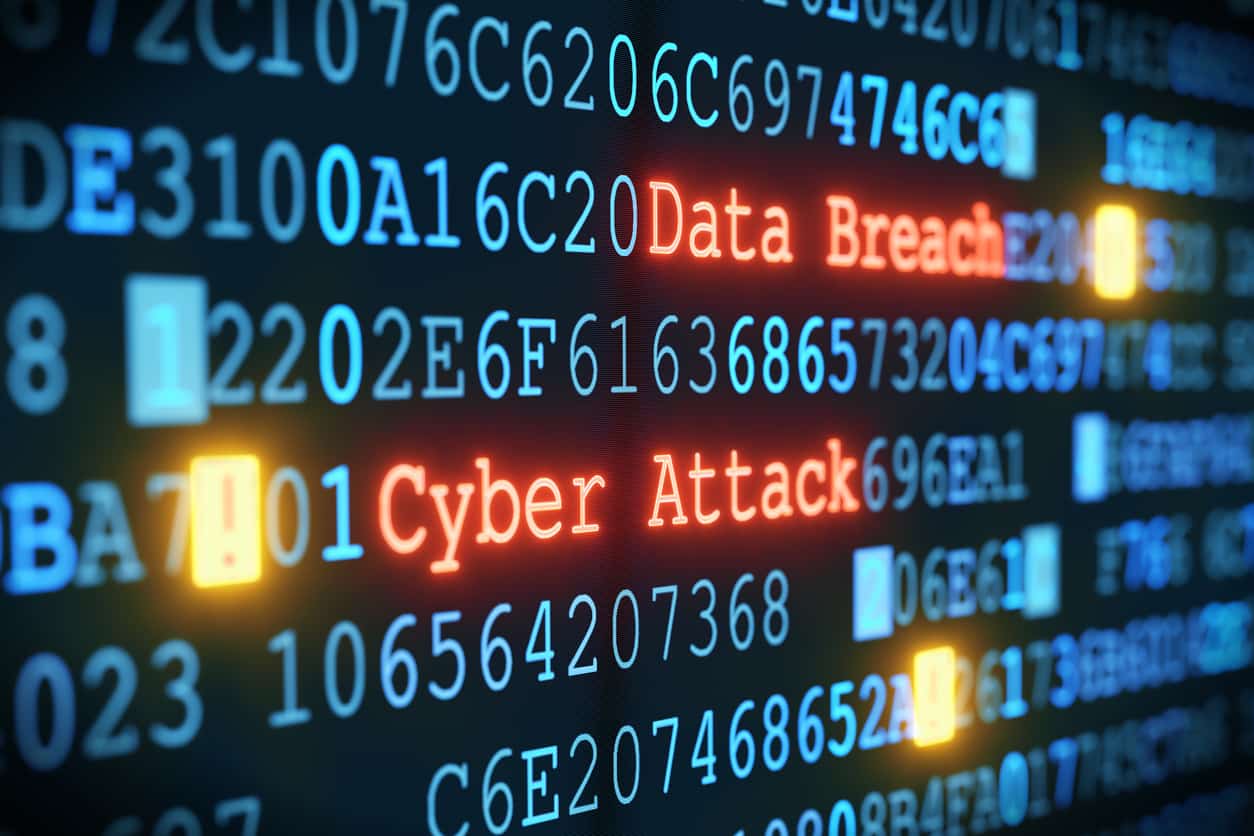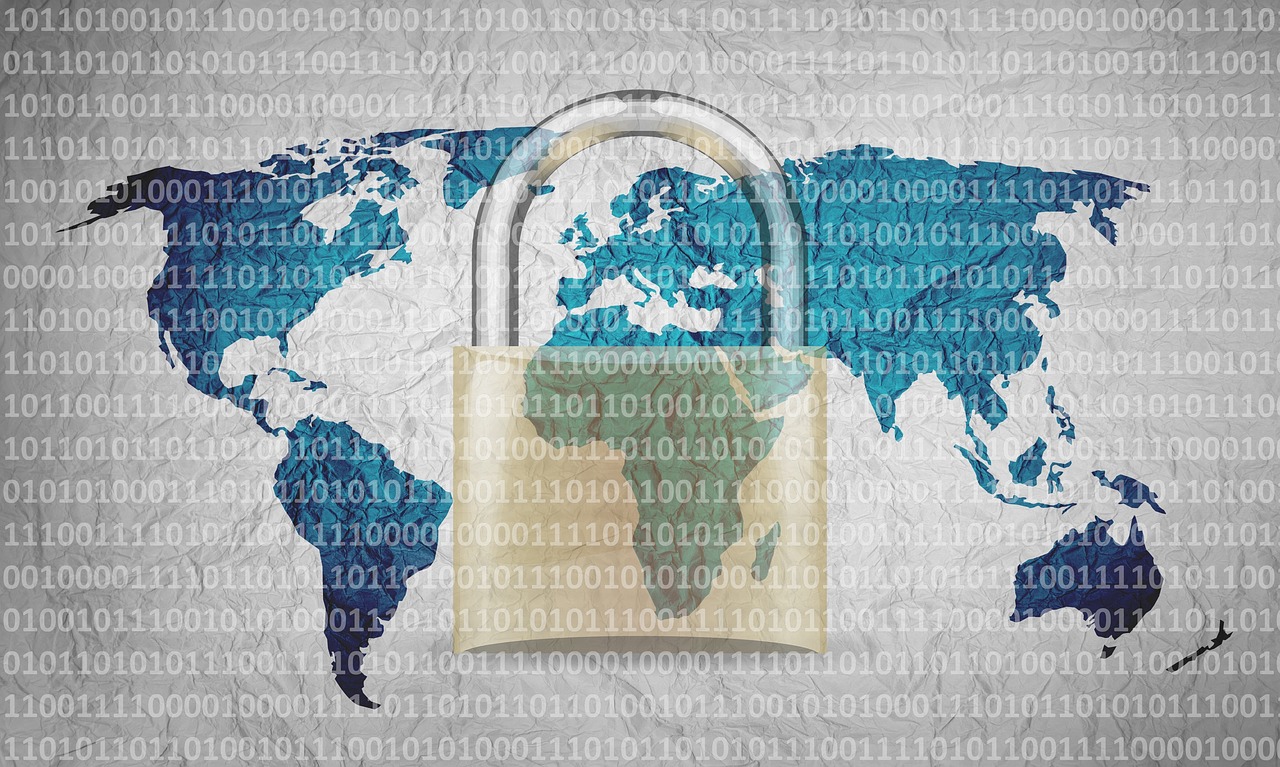Ransomware attacks have been the most terrifying forms of cyberattacks, and it is not limited to certain countries. Some of the developed countries like the US and the UK have also registered sizable losses due to ransomware attacks.
In this article, we dig deep into resources available online in the form of credible reports, cyber institutes reports, and various other academic research papers. With the numbers related to ransomware, here, we are trying to paint a picture of things that might shape up with regards to ransomware in the year 2021.
What is Ransomware?
Ransomware is a type of malware that locks out the system and does not allow the users to access files in the drive until they pay a certain amount. So, how does this malware enter your system?
At some point, you might have received a mail claiming that you have won a lucky draw coupon or a lottery. These mails are generally veiled with other important mails. Thus, you invariably end up clicking on the spam link, and malware gets entry to your computer system. These attacks can happen both at an individual level or on a larger scale mainly targeting the big corporates.
Statistics regarding vulnerable industries
In this section, we look at historical & current data to see how the industries are being targeted through ransomware attacks.
Financial Institute
- It is estimated that in 2018, nearly two lakh account holders' bank information has been compromised with ransomware attacks.
- According to Kaspersky Labs, around 280,000,000 URLs are infected with malware and who knows what percent of it is active today.
- In a span of every forty seconds, a business is cyber-attacked with malware.
- Ending the list facts/ list for financial institutes is a telling fact according to which nearly 90% of the financial institutes have faced ransomware attacks.
Also Read: Top 9 Cyber Security Tools that every business needs
Healthcare Sector
- According to a CSA report, the rate of ransomware attacks on healthcare facilities will quadruple by the end of 2020.
- 18% of healthcare devices are generally being infected with malware attacks.
- The fear of ransomware attack seems to be at the back of the minds of healthcare people, as nearly 82% of them have tightened up their security, and increasing spending for the same.
Six interesting statistical facts about Ransomware
Let us see five intriguing stats, which provide us with the dejavu of what's in store for us, whether we are prepared or not for ransomware attacks. Also, there will be numbers that provide some sense of security with increased spending on developing security infrastructure. So, let's dive straight in. Check out the course on Descriptive statistics
Losses due to ransomware attack will grow 57x-times from 2015 to 2021
In 2015, the loss due to ransomware attacks stood at $325 million, and the numbers are set to soar up to 20 billion dollars by the end of 2021. This surge translates to 57 times more than the previous figure of 2015.
The most damage due to cybersecurity breaches propelled by ransomware has been witnessed in the healthcare industry, the most unlikely sector to receive such flak. Losses due to security breaches in the healthcare sector will reach up to 6 trillion dollars by 2020.
The frequency of cyberattacks is set to vary from every 14 seconds in 2019, to every 11 seconds in the year 2020, according to Cyber Security Ventures.
Financial setbacks due to weak cybersecurity will reach 6 trillion dollars by 2021.
The numbers regarding global financial setbacks are the most worrisome stats in this whole section. We have numbers to back the claim. In 2015, the financial loss to the world was around $3 trillion, which might increase to 6 trillion dollars.
The real propensity of such numbers will come to light when we take into account that the amount lost could have been channeled to improve the educational and health infrastructure of various developing nations. or this amount could have transferred to a poor country facing the wrath of famine and drought.
The list of areas which contribute due to financial losses directly or indirectly due to cybersecurity damages include:
- Embezzlement
- Fraud
- Stolen personal and financial data,
- Downtime due to business process disruption
- Intellectual property theft
Also Read: The Most In-demand jobs for Cybersecurity in 2021
Spending cybersecurity will move ahead of the $1 trillion from 2017-21
The number regarding the damages caused by cybersecurity attacks on a global scale is frightening enough to cause the governments to increase their spending at a rampant rate. Even some of the tech moguls have come and offered donations for the same.
In 2004, the market for global security stood at 3.5 million dollars, while in the recent few years, the market cap for the same grew 35X times. When it comes to cumulatively reaching the magic figure of 1 trillion dollars, we will be there in 2021 for a complete term of five years i.e. 2017-2021.
There will nearly 3.5 million unverified cybersecurity jobs by 2021
Cybersecurity is one of the few areas where the unemployment rate is zero percent. A small task for your readers just tries to find at least five other such professions that have a zero percent unemployment rate. It would be a tough ask to find such career prospects.
Cisco in 2014 estimated that there will be nearly one million new job openings for cybersecurity. The same number is predicted to reach 3.5 million numbers by 2021. These are some numbers which make the training institute boast about the career opportunities and include new admissions.
The training program certainly needs to be modulated with time to make the candidates ready for facing any form of security challenges and making them industry-ready.
Conclusion
So, here comes the end of the list of statistics and facts which might give you a glimpse of how ransomware attacks are shaping economies for the worse. It is only the preparedness for such a situation that can help to prevent the losses that we are witnessing in recent years.
If you wish to learn more such concepts, join Great Learning's Advanced Cyber Security Course and upskill today!






